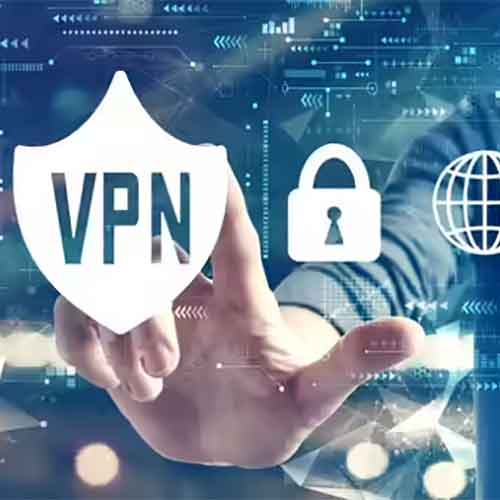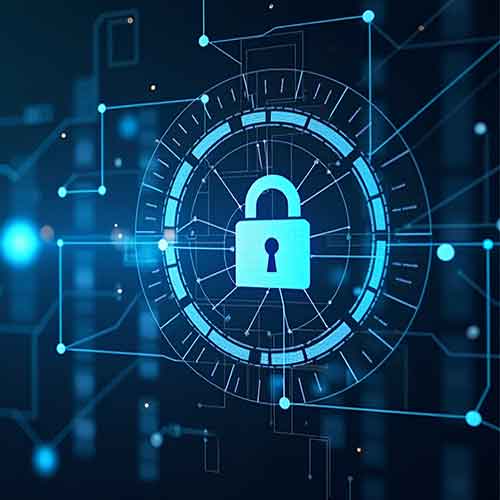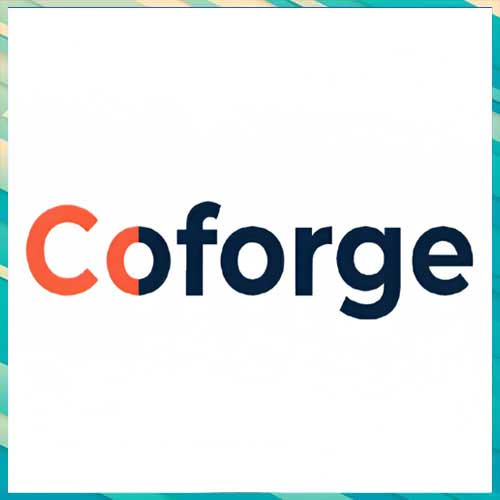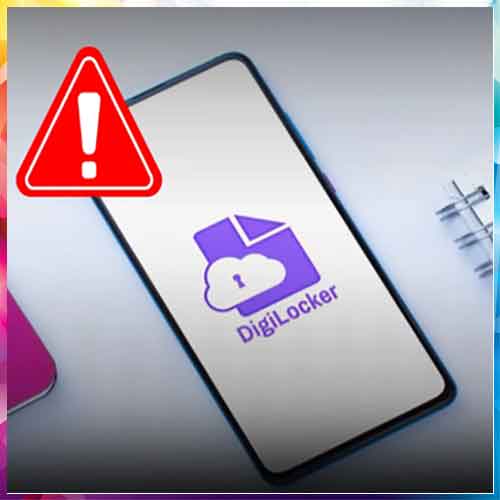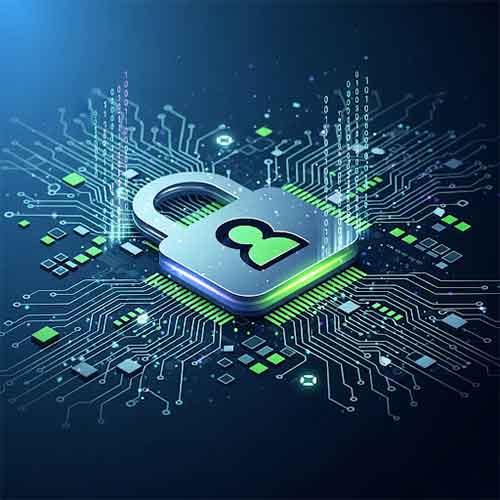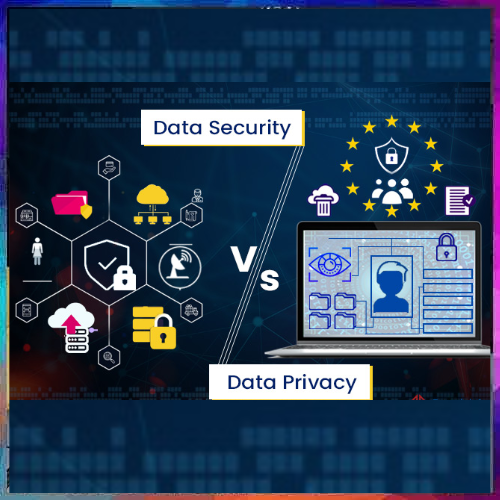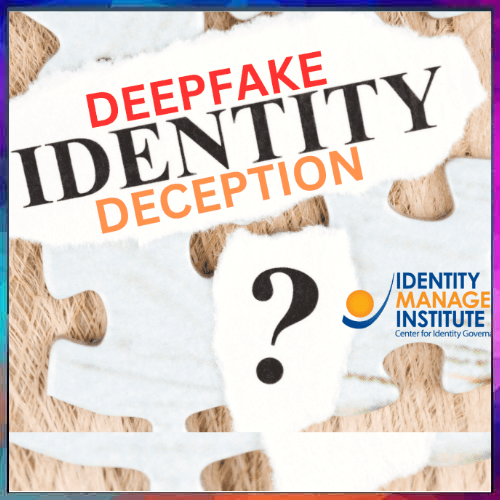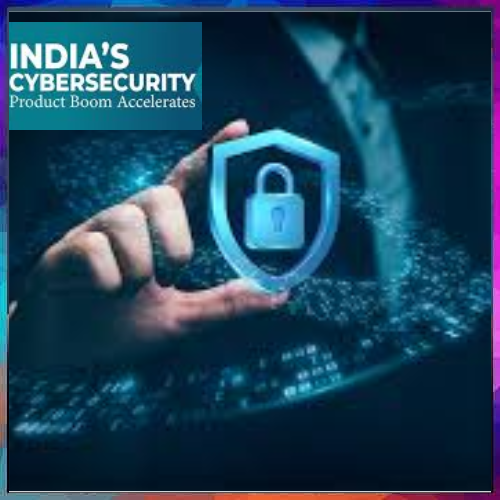What are Dark Web Scans?
2021-04-18
When you hear of “the dark web”, what comes to mind?
Much like its name, the dark web is a “hidden” Internet, often likened to an online underworld. The dark web, sometimes called the “deep web”, is anything that’s not indexed by search engines like Google. You’ll need a special browser like Tor to access it. The dark web is the part of the deep web where criminal activity happens. Cybercriminals sell stolen data like credit cards, passwords, phone numbers, social security numbers, and more.
In other words, the dark web is exactly where you don’t want your sensitive information to end up. According Privacy Rights Clearinghouse, a privacy advocacy group, at least 11.6 billion records have been breached since 2005. Every year more companies are breached – putting your personal information at risk of being sold on the dark web. No matter the goal of a cybercriminal – identity theft, credit card fraud, account takeover – stolen data sold on the dark web can wreak havoc on your life.
Can you scan the dark web for your data?
Yes and no. If you hear of a service offering a “dark web scan”, they won’t be scanning the contents of the entire dark web. Instead, databases of breached credentials are curated by cybersecurity companies. When a breach occurs, any leaked data is added, and an individual can check their information against the database to see if their sensitive information is compromised.
By scanning the database, you can be proactive in protecting against identity theft, account takeover, and financial loss. You’ll be alerted to any issues in a timely manner, so that you can update passwords and watch for suspicious activity.
Dark web scans with LastPass
LastPass partners with Enzoic to provide dark web scans. Through our partnership, LastPass can check your email addresses against the database of leaked credentials in known breaches.
If your email address is found on the list, you receive an email from LastPass and an in-product alert telling you which account was compromised. With that information, you can immediately update the password of the affected account – and any accounts where you may have been using the same password.

To stay safe from cybercrime, be sure to follow cybersecurity recommendations. Use a generated password for every account. Turn on multifactor authentication when you can. But sometimes, cybersecurity is out of your hands. When a websites or service you use (inevitably) suffers a data breach, a dark web scan will help you stay ahead of any issues.
See What’s Next in Tech With the Fast Forward Newsletter
Tweets From @varindiamag
Nothing to see here - yet
When they Tweet, their Tweets will show up here.





